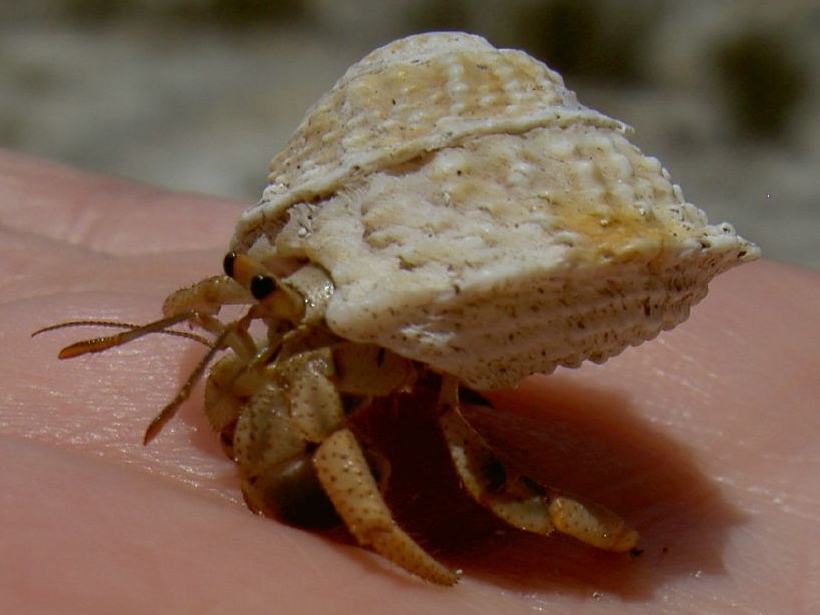Hi all. Is anyone, like me, particularly interested in the so-called "ninja star" snails? I have a couple of them and my family loves them. One of them laid eggs a couple of weeks ago ( https://www.reef2reef.com/threads/eggs-on-glass-snail-clownfish.988582/ ) which hatched, but the larvae vanished and I assume were eaten. I'm very interested in the exploration of breeding them in captivity since they're on the list of ones that are not available domestically ( https://www.reef2rainforest.com/201...ed-marine-invertebrate-species-list-for-2018/ ).
So I'm just digging around trying to read about them and thought I'd start a single thread just about them, since I didn't see one.
A couple of threads here have discussed their species ID:

 www.reef2reef.com
www.reef2reef.com

 www.reef2reef.com
www.reef2reef.com

 www.reef2reef.com
www.reef2reef.com
The WORMS page:
 www.marinespecies.org
www.marinespecies.org
Here's the main wikipedia page:

 en.wikipedia.org
en.wikipedia.org
When I get a chance I'll dig around for biology papers about them.
Random stuff I'm curious about:
1) What's happening to the larvae after they hatch? (are they starving? being swept away? eaten?)
2) Generally how do they reproduce? Under what conditions?
3) How many varieties are there and where are they from? (Some look more like astraeas and some look quite flat and very different; seems to be a lot of variation in spine length, number of spines, etc)
Here's a photo of mine when I first got them, since what's a thread without a photo?

So I'm just digging around trying to read about them and thought I'd start a single thread just about them, since I didn't see one.
A couple of threads here have discussed their species ID:

Collecting a clean up crew in Pinellas county Florida
Hey all, I am going on vacation to Pinellas county, FL and want to collect a clean up crew while there. I have read through many of the threads on this forum and others and there is a lot of contradictory information. Here is the fish and wildlife page of FL specific to recreational marine life...
 www.reef2reef.com
www.reef2reef.com

Apparently, asterina stars are not asterinas, and astraea snails are not astraeas.
Asterina stars are actually of the genus aquilonastra, and astraea snails are from the genus lithopoma. Aquilonastra Conandae Asterina Fimbriata Lithopoma Americanum Lithopoma Tectum Astraea Heliotropium, the only valid species of astraea
 www.reef2reef.com
www.reef2reef.com

Trochus sp?
I got these from an LFS described as a Trochus species, but looking online I couldn't find any Trochus specimen with a shell like this. They're diligent little buggers, infinitely more productive than my astreas and I want more of them!
 www.reef2reef.com
www.reef2reef.com
The WORMS page:
WoRMS - World Register of Marine Species - Lithopoma phoebium (Röding, 1798)
Here's the main wikipedia page:

Lithopoma phoebium - Wikipedia
When I get a chance I'll dig around for biology papers about them.
Random stuff I'm curious about:
1) What's happening to the larvae after they hatch? (are they starving? being swept away? eaten?)
2) Generally how do they reproduce? Under what conditions?
3) How many varieties are there and where are they from? (Some look more like astraeas and some look quite flat and very different; seems to be a lot of variation in spine length, number of spines, etc)
Here's a photo of mine when I first got them, since what's a thread without a photo?














